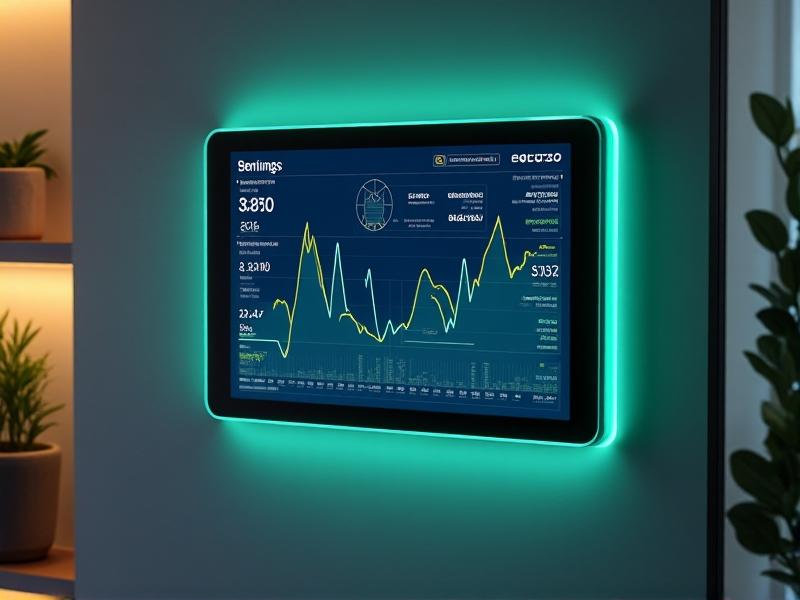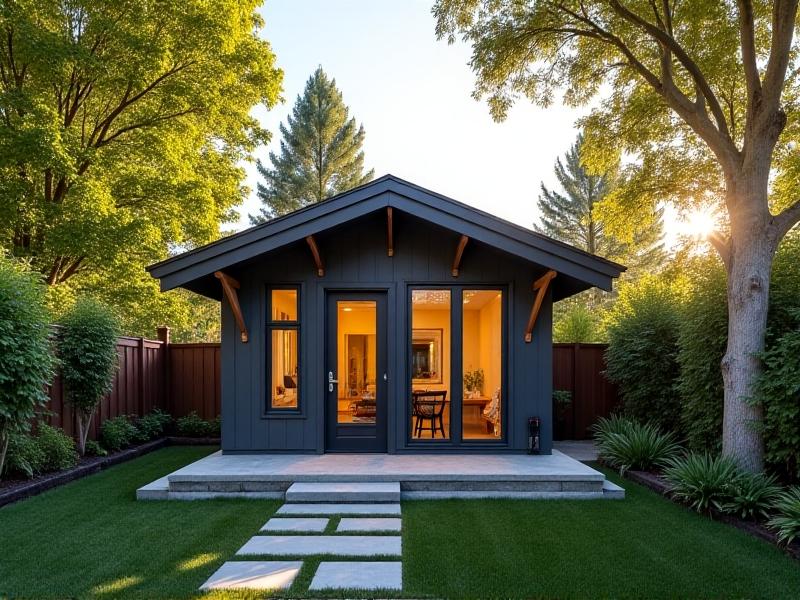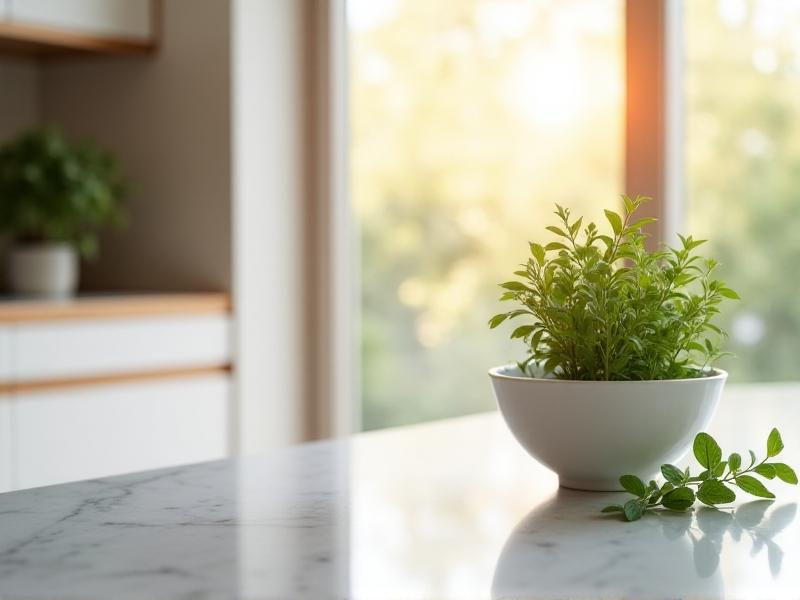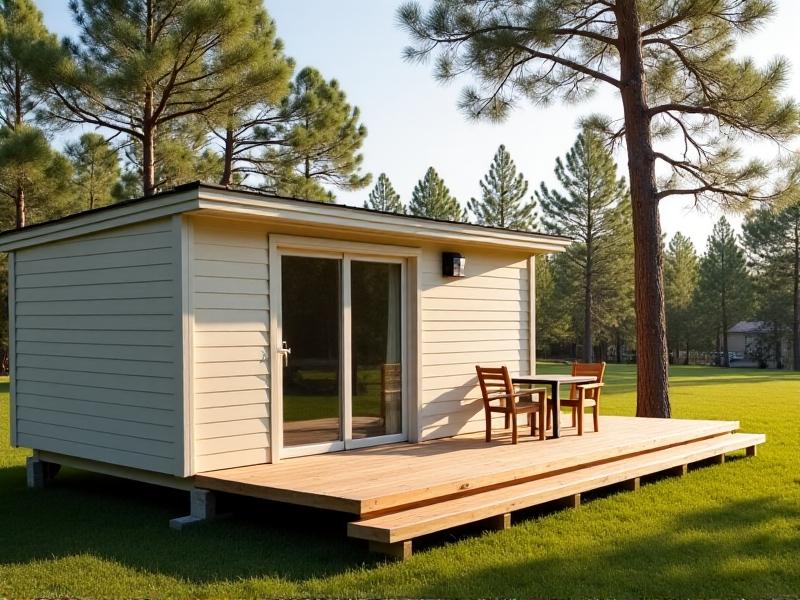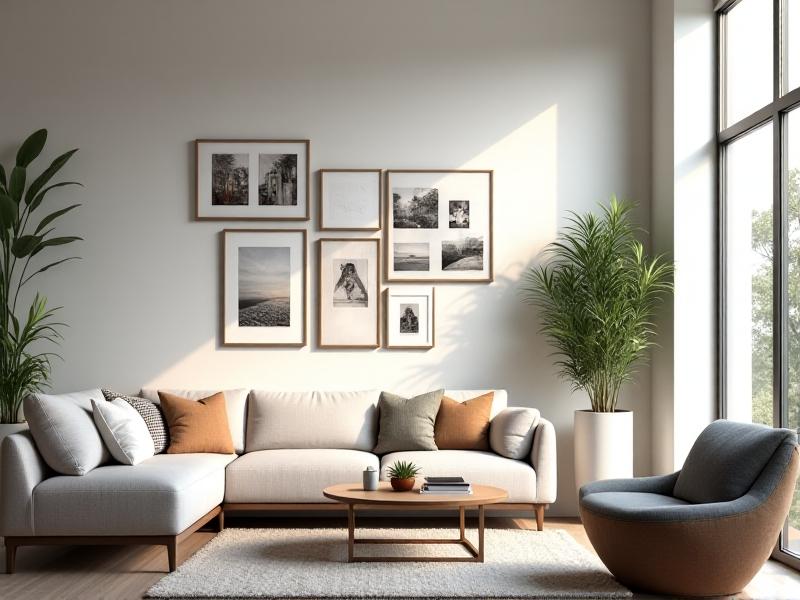Tiny Home Schooling Space Solutions
The Rise of Tiny Home Homeschooling
In recent years, the tiny house movement and homeschooling have surged in popularity, driven by a shared desire for simplicity, autonomy, and intentional living. Tiny homes, typically under 400 square feet, challenge conventional notions of space, while homeschooling offers tailored education free from traditional classroom constraints. Together, they create a harmonious lifestyle where learning and living coexist in a compact, efficient environment. Families are drawn to this fusion for its financial freedom, reduced environmental footprint, and opportunities for deeper family bonds. In a tiny home, every corner serves a purpose, and the boundary between “school” and “home” dissolves into a fluid, immersive experience.
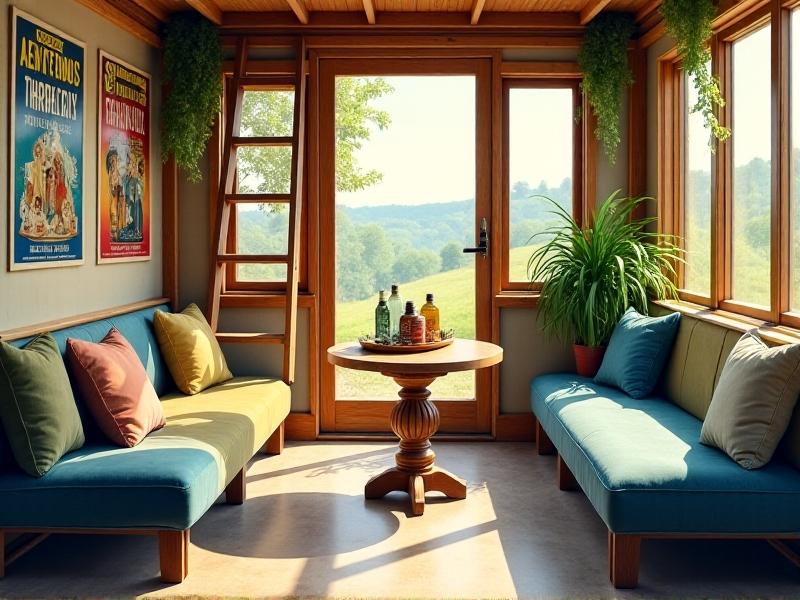
Designing for Flexibility and Functionality
Creating a functional homeschooling space in a tiny home demands creative design. The key lies in multi-use zones that adapt to different activities. For example, a dining table might double as a science lab by morning and an art studio by afternoon. Sliding partitions, foldable walls, or convertible furniture can delineate areas without permanent structures. Light colors, mirrors, and strategic lighting amplify the sense of space, while mobile carts or rolling desks enable quick reconfiguration. The goal is to design an environment that evolves with the family’s rhythm, blending practicality with aesthetic cohesion.

Multifunctional Furniture for Compact Learning
Furniture in a tiny homeschool must serve multiple roles. Think of ottomans with hidden storage for textbooks, fold-out desks that mount to the wall, or benches with under-seat compartments. A loft bed might feature a study nook beneath, complete with a built-in desk and charging stations. Modular seating, such as stackable stools or floor cushions, can be rearranged for group activities. Companies like IKEA and Resource Furniture offer space-saving solutions, but DIY projects—like repurposing a ladder as a bookshelf—add personalized charm.
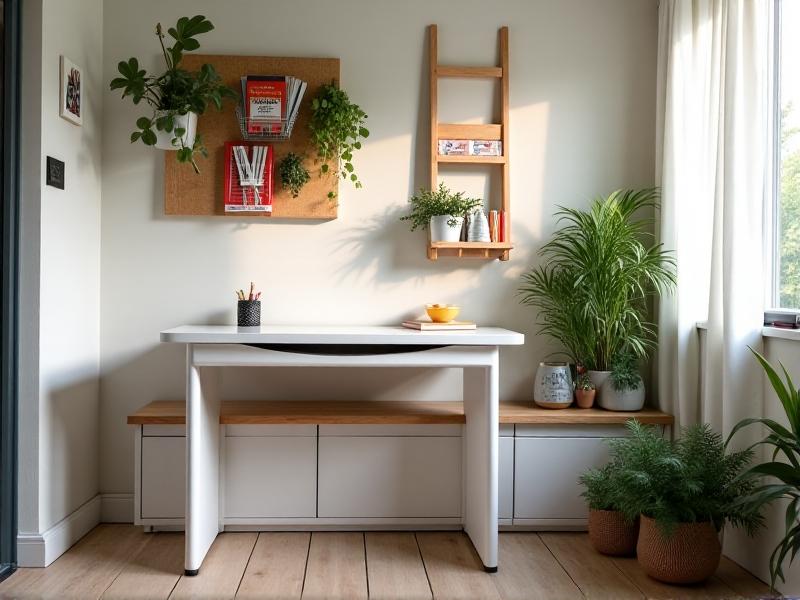
Vertical Storage Solutions to Maximize Space
When square footage is limited, think upward. Floor-to-ceiling shelves, magnetic boards for lesson plans, and hanging file organizers keep supplies accessible but unobtrusive. Wall-mounted racks for laptops or tablets free up surface areas, while clip-on baskets or hooks hold pencils, scissors, and art materials. Even stair risers or loft ladders can incorporate cubbies. The trick is to balance openness and organization—avoid overcrowding vertical spaces, which can create visual chaos. Use labeled bins or color-coded containers to maintain order.
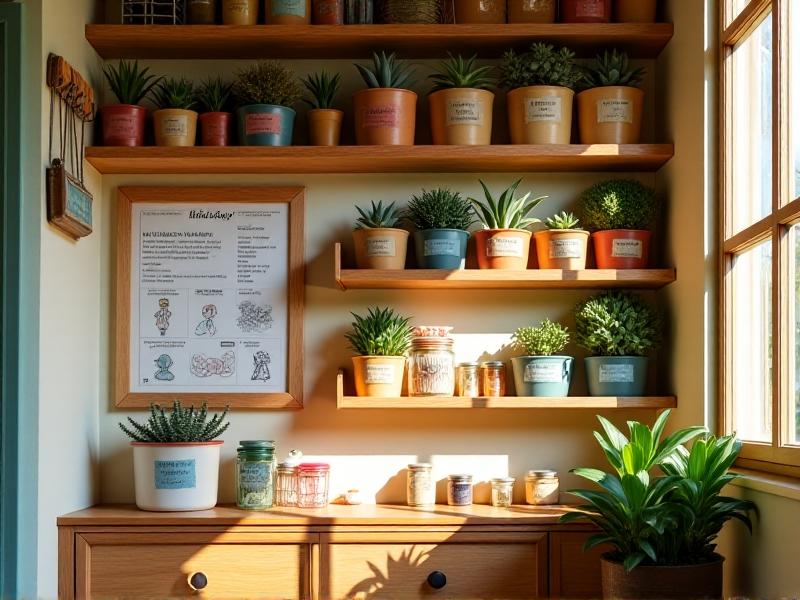
Incorporating Outdoor Spaces for Learning
Nature is a powerful classroom. Tiny homes often feature porches, decks, or rooftop gardens that extend living and learning areas outdoors. A foldable table on the patio becomes a spot for biology lessons or sketching insects. Portable kits with clipboards, magnifying glasses, and journals encourage exploration. In colder months, a window seat with bird feeders outside can spark ecology discussions. By blurring the line between indoors and out, families cultivate curiosity and physical activity, essential components of holistic education.
Technology Integration in Small-Scale Education
Even in tiny spaces, technology enhances learning. Wall-mounted monitors or projectors save space, while compact laptops and tablets store easily. Cloud-based platforms like Google Classroom reduce physical materials, and wireless printers tuck into cabinets. For virtual field trips or video tutorials, a retractable screen can descend from the ceiling. However, balance is crucial: designate tech-free zones to ensure hands-on activities and screen breaks. Cable management systems—such as adhesive clips or under-desk trays—prevent clutter and maintain a serene environment.
Managing Clutter and Maintaining Focus
Clutter is the enemy of tiny home homeschooling. Implement daily routines—like a 10-minute tidy-up after lessons—to keep chaos at bay. Rotate learning materials seasonally, storing off-season items in under-bed bins. Encourage children to curate their work by digitizing art or assembling portfolios in slim binders. Acoustic panels or noise-canceling headphones can minimize distractions in close quarters. The key is to cultivate habits that respect the limits of the space while nurturing a calm, focused mindset.
Case Studies: Real-Life Tiny Home Classrooms
The Carter family in Oregon transformed their 320-square-foot home into a dynamic learning hub. Their collapsible dining table becomes a robotics lab, while a loft “reading nest” hosts storytime. In Colorado, the Mendez family uses their rooftop deck for astronomy nights and a foldable greenhouse for botany projects. Both families emphasize rhythm over rigid schedules, allowing the space to adapt to their children’s evolving interests. These examples prove that with creativity, even the smallest spaces can foster big dreams.
Embracing the Tiny Home Homeschooling Lifestyle
Tiny home homeschooling isn’t just a logistical challenge—it’s a philosophy. It prioritizes experiences over possessions, flexibility over conformity, and connection over consumption. By reimagining education and living spaces, families craft a lifestyle centered on mindfulness and sustainability. Whether through DIY projects, nature-based learning, or tech innovation, this approach proves that great things truly do come in small packages.
